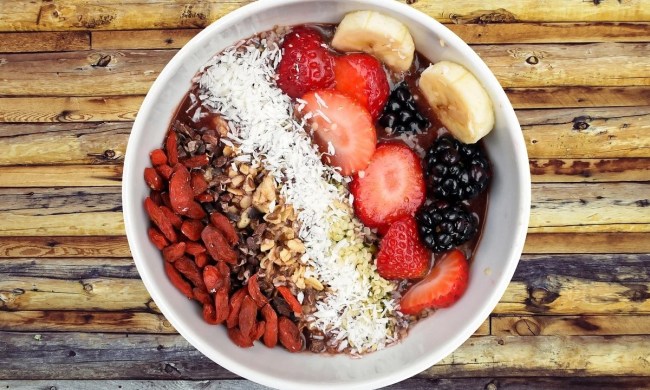There are so many different diets out there, and it can be challenging to know which ones are worth trying. Many claim to have certain benefits but don’t always share the numerous restrictions and potential downsides, so doing your research and understanding your body is essential. You also want to consider your goals — do you want to lose weight, build muscle, or just improve your overall health?
If you wany to improve your cardiovascular health, the DASH diet may be an eating pattern you want to consider. Keep reading to discover exactly what the DASH diet is, what you can and can’t eat, and the potential benefits.
What is the DASH diet?
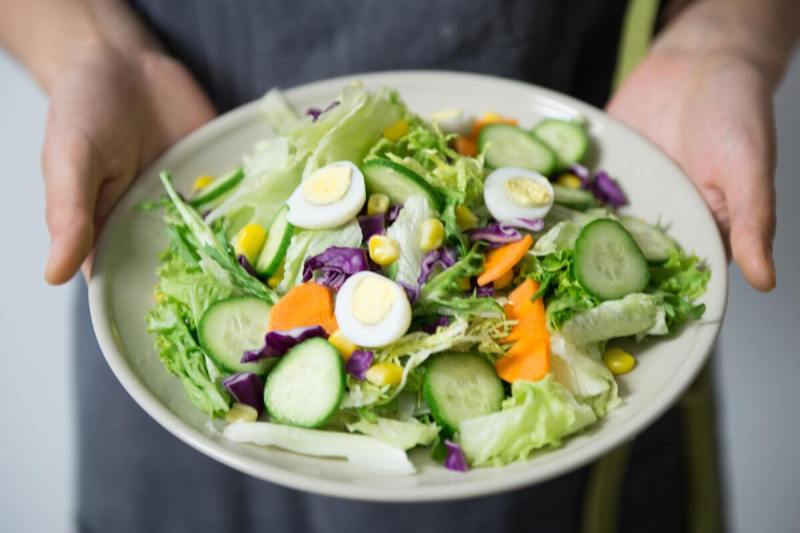
As mentioned, the Dietary Approaches to Stop Hypertension, or DASH, is a diet designed and recommended for those who want to prevent or treat hypertension and reduce their risk of heart disease and stroke. The defining feature of the DASH diet is its established sodium limit, which is 2,300 mg or one teaspoon per day for the standard iteration of the diet and only 1,500 mg or 3/4 of a teaspoon on the lower-salt version.
Besides limiting sodium, the DASH diet restricts red meat, added sugars, and excessive fats. Instead, it focuses on vegetables, fruits, whole grains, lean proteins, and legumes. Like all the best diets, the DASH diet emphasizes the importance of eating foods in their most natural state and eliminating processed foods.
What are the benefits of the DASH diet?
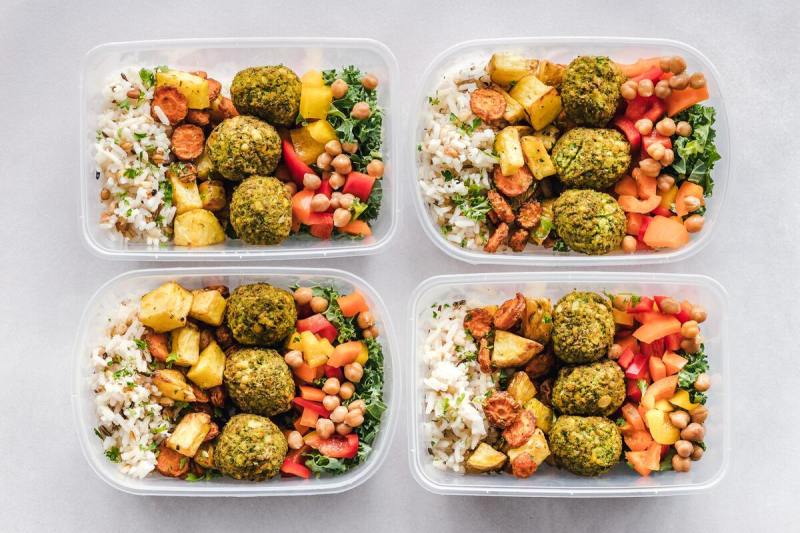
Perhaps with the lone exception of the Mediterranean Diet, compared to other popular diets, the DASH diet is one of the best-studied, research-backed eating plans, with plenty of evidence to substantiate its disease-mitigating effects and health benefits. It also consistently places among the top two or three diets in the annual U.S. News and World Report ranking of best diets.
Numerous studies have demonstrated that the DASH diet is indeed effective at lowering blood pressure, especially in those with hypertension (defined as a blood pressure of at least 140/90 mmHg on multiple readings). For example, one study found that after eight weeks, participants who followed the DASH diet experienced significant reductions in blood pressure compared to controls, with a drop of 11.6/5.3 mmHg in those with hypertension and 3.5/2.2 mmHg in those with normal blood pressure.
The DASH diet has also been shown to lower the risk of certain cancers, such as colorectal cancer and stomach cancer. It can also improve insulin sensitivity, alleviating symptoms of Type 2 diabetes and metabolic syndrome. And the DASH diet can be an effective way to lose weight.
Aside from the health benefits, the DASH diet is also practical and flexible. It helps establish lifelong healthy eating habits, stresses the importance of reading food labels, and helps shape your understanding of serving sizes.
What is the number one food that causes high blood pressure?
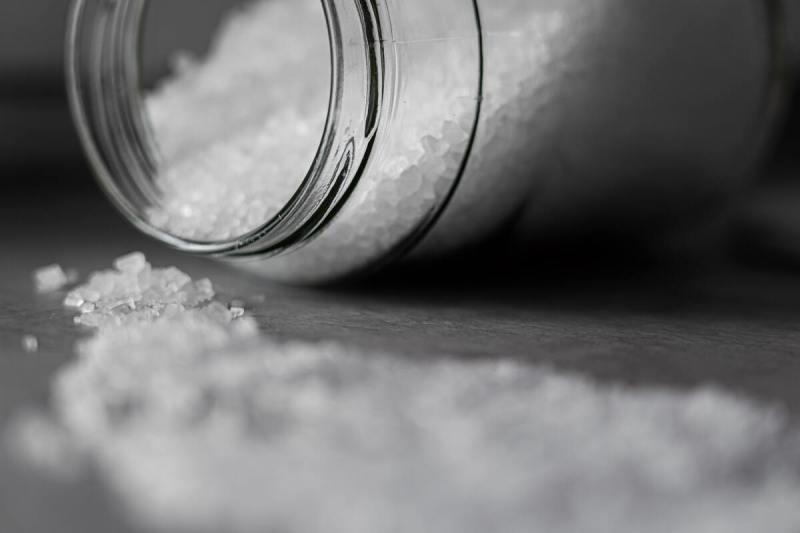
Since the primary purpose behind following the DASH diet is to reduce blood pressure, we want to give special attention to the foods that can disrupt this process. Ultimately, sodium, specifically salt, has the potential to raise your blood pressure the most. Because of this, it is ideal that you minimize your sodium intake as much as possible on this diet. We will cover specific foods to avoid later in this article.
What foods can you eat on the DASH diet?
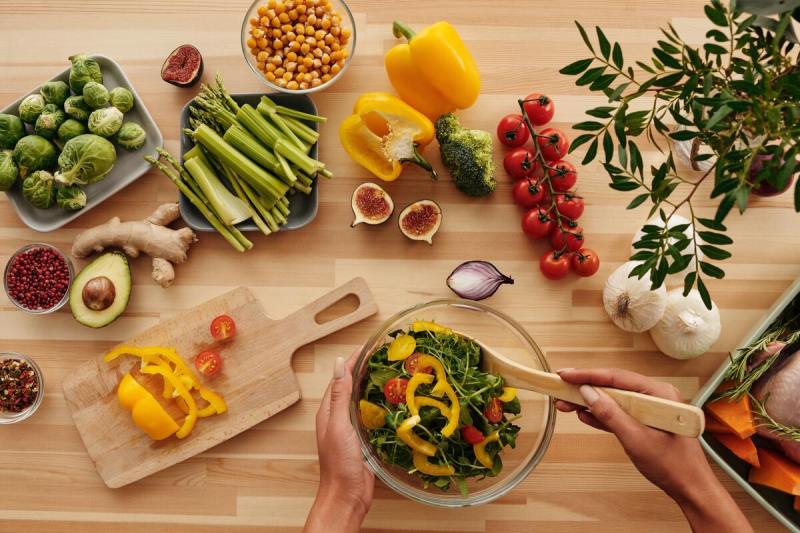
One benefit of the DASH diet is its flexibility. Instead of prescribing certain foods or macronutrients per meal, the DASH diet simply provides recommendations for the number of servings of each food group you should eat on a daily or weekly basis. The serving suggestions are based on a 2,000-calorie-per-day intake, so you may need to adjust the numbers if your caloric needs are much higher or lower. It’s important to note that the permitted number of servings is based on the USDA’s serving sizes for that food group, not the inflated serving sizes we are generally more accustomed to. For example, a serving of whole grains is one slice of bread or 1/2 cup of cooked pasta or rice.
While the DASH diet does grant people the latitude to make their own selections of foods for each allotted serving to reap the greatest health benefits, it’s always best to pick options that are less refined and higher in fiber, calcium, magnesium, phosphorus, zinc, and other vitamins and minerals, over more processed and packaged counterparts. For example, it’s better to choose one medium apple over 1/2 cup of applesauce, brown rice over white rice, and chicken breast over cured ham or bacon.
For those who eat 2,000 calories per day, the DASH diet stipulates the following daily allowances:
- Whole grains: 6-8 servings per day. Examples: whole wheat, rye, brown rice, and whole oats.
- Fish, poultry, eggs, and lean meat: Up to 6 servings per day. Examples: salmon, scallops, tuna, chicken, turkey, and lean beef.
- Vegetables: 4-5 servings per day. Examples: Spinach, kale, carrots, Swiss chard, broccoli, zucchini, cucumbers, onions, cauliflower, and asparagus.
- Fruits: 4-5 servings per day. Examples: Pears, apples, melons, oranges, berries, bananas, and pomegranates.
- Low-fat dairy: 2-3 servings per day. Examples: Skim milk, Greek yogurt, and low-fat cheese.
- Healthy fats: 2-3 servings per day. Examples: Olive oil, avocados, and flaxseed oil.
- Sodium: 2,300 mg maximum under the standard version or 1,500 mg max for the lower-sodium version of the diet.
The following foods can be consumed in moderation, as serving recommendations are given per week:
- Legumes, nuts, and seeds: 4-5 servings per week. Examples: Beans, lentils, hummus, almonds, cashews, peanuts, and sunflower seeds.
- Foods with added sugars or sweets: Maximum of 5 servings per week. Examples: Jelly, juice, and maple syrup.
What foods are not permitted on the DASH diet?
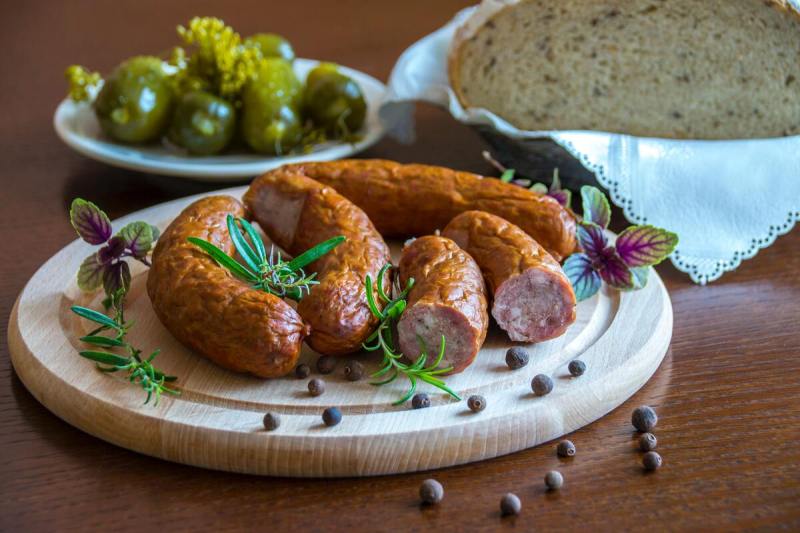
The DASH diet doesn’t have any specific foods that are banned entirely, but given the sodium limits, it’s critical to avoid overly salty foods such as processed meats (hot dogs, salami, sausages), canned soups unless they are reduced-sodium varieties, chips, most pretzels, and soy sauce.
The DASH diet also avoids foods that are high in fat and sugar, as all meats and dairy products should be low-fat versions. Candy and sweets should be limited to only 5 servings per week, with lower sugar options encouraged where possible.
Sample DASH diet meal plan
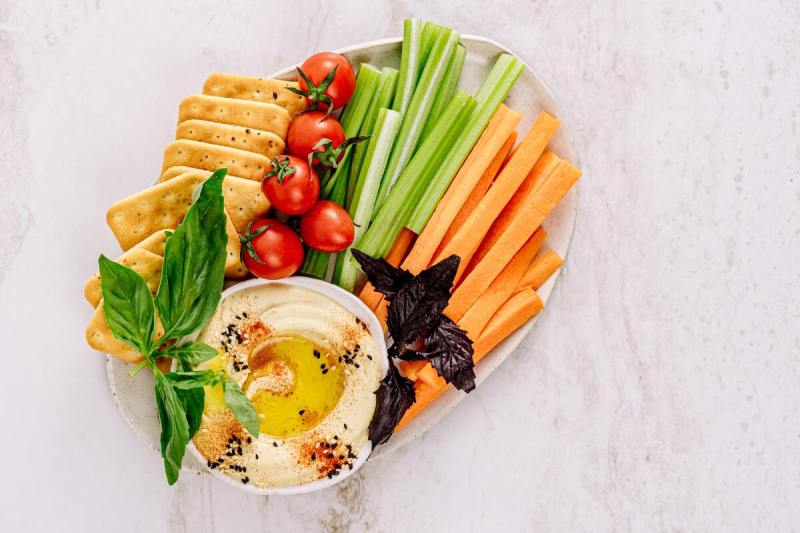
Curious about what a day of eating might look like on the DASH diet? Below, we share a sample meal plan:
- Breakfast: 1 cup of plain Greek yogurt with 1/2 cup of mixed berries, 1/2 cup of muesli or low-fat granola
- Snack: 1 medium apple and 1 low-fat string cheese
- Lunch: 1 cup of brown rice with 4 ounces of grilled salmon cooked in 1 tablespoon of olive oil, 1/2 cup of roasted Brussels sprouts, 1 cup of fresh spinach, and 1 teaspoon of sesame seeds.
- Snack: 1/2 cup of hummus with 1/2 cup of baby carrots and 4 whole-grain crackers or 1/2 of a whole wheat pita
- Dinner: 4 ounces of chicken breast roasted with 1/2 tablespoon of olive oil, 1 small baked potato topped with 1/4 cup of Greek yogurt, salad with 1 cup of arugula, and 1/2 cup of tomatoes.
- Snack: 1 plum or nectarine
Are alcohol and caffeine allowed on the DASH diet?

Caffeine isn’t directly mentioned in the DASH diet guidelines, so it may be acceptable for some people in small doses but not for everyone. It does raise your blood pressure, but it does so for a shorter period of time, so it depends on the individual whether it should be allowed. It may be best to avoid supplements like pre-workout ones that contain high doses, but beverages like coffee and green tea may be perfectly fine.
As for alcohol, long-term or excessive consumption can have an extremely adverse impact on cardiovascular health, including raising blood pressure levels. Because of this, it is recommended to avoid alcohol on the diet, but you could also consume it in moderation. For men, this is no more than two drinks per day, and for women, this is no more than one.


